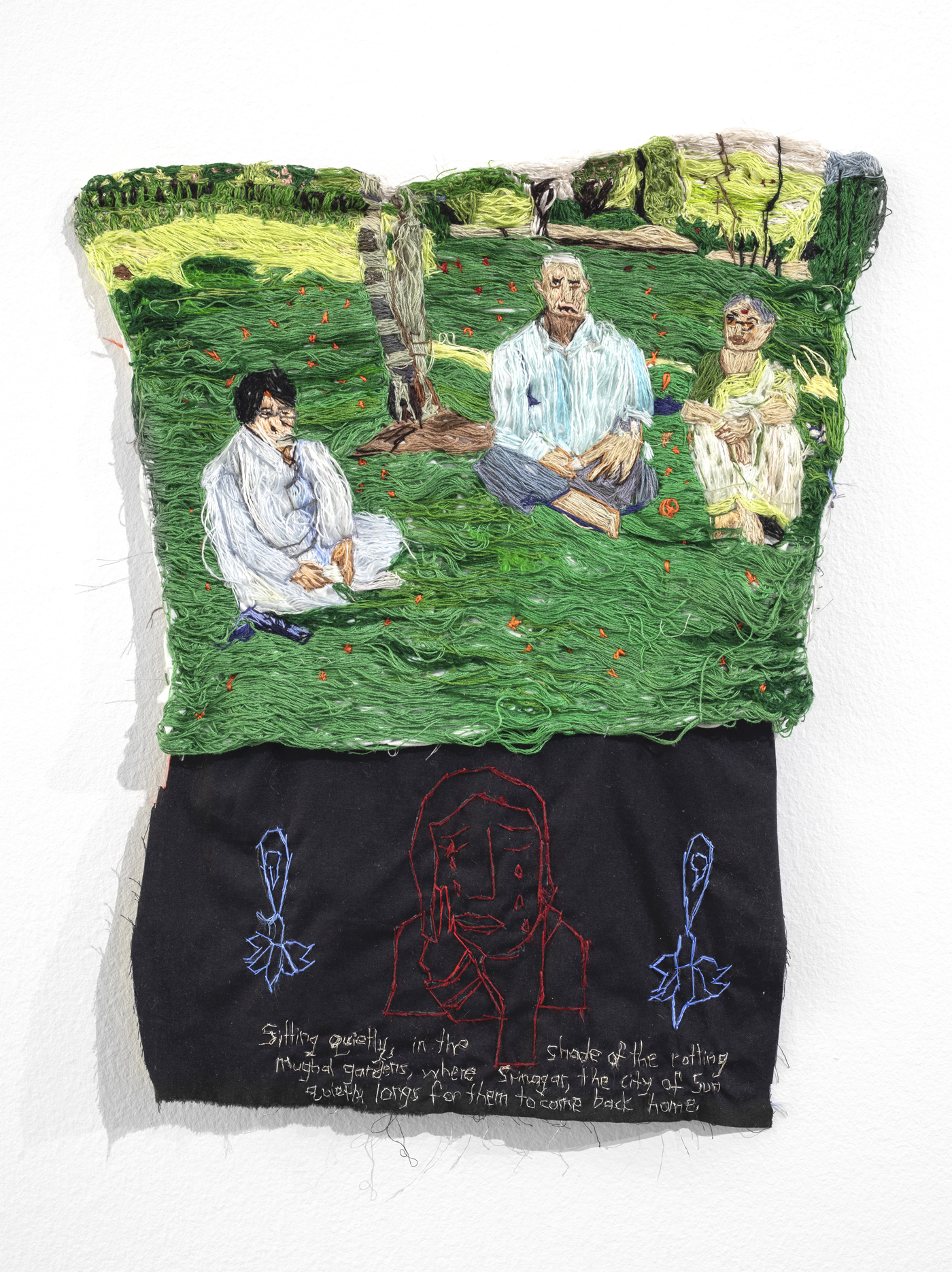Many times, what is not present is just as telling and important as what can be seen. Betty Brunfaut and Bakhtawer Haider, while graphic design students in London, noticed that there was a missing gap of knowledge surrounding the readings assigned in their design curriculum. They discovered a ‘hierarchy of how references were cited’ – Western, academic sources repeatedly being prioritized over personal narrative or first-hand experience. Following graduation, Betty and Bakhtawer created Sold Out Publishing to tackle issues such as: decolonizing the curriculum, unlearning tastes, and diversifying references. This issue includes an article that follows the creation of Sold Out Publishing and illuminates the goals of these two designers.
Tanveer Ahmed takes a clear and critical look at the creation of reading lists in academia. Again, what is missing is of great importance, but also how the missing is added and how a curriculum addresses the ‘sociology of absences’ impacts whether the result is truly successful. In this issue, Tanveer presents a decolonial feminist approach to creating a reading list in the field of fashion design that helps to eliminate racial and sexual bias. Looking closely at the methodology of the creation of reading lists in her field, Tanveer exposes bias and the marginalization of non-Western fashion narratives, presenting the framework for a truly decolonised reading list.
This issue includes the words and images of the celebrated Canadian artist Jagdeep Raina, recognized internationally for art that weaves threads of history and past scholarship into an intensely personal narrative. Jagdeep writes about his artistic practice, how it has evolved, its foundations in archival research, and how it manifests in figurative drawing, writing, embroidered tapestries, and film. Jagdeep explains how he views the archive as a living object and one in which he uses in his work to reveal issues of class, gender, sexuality, caste, race and geography.

Fig. 1. Jagdeep Raina, Garden Minorities, embroidered tapestry, kashmiri sozni embroidery on muslin, 2021. Photo by the artist.
Finally, Sonal uses digital tools to look closely at a 19th century print depicting the storming of Seringapatam by British forces in 1799 and ponders how the digital tools themselves in libraries and archives continue a long history of access and dissemination of these types of images while at the same time allowing for new theoretical approaches to art historical research.





